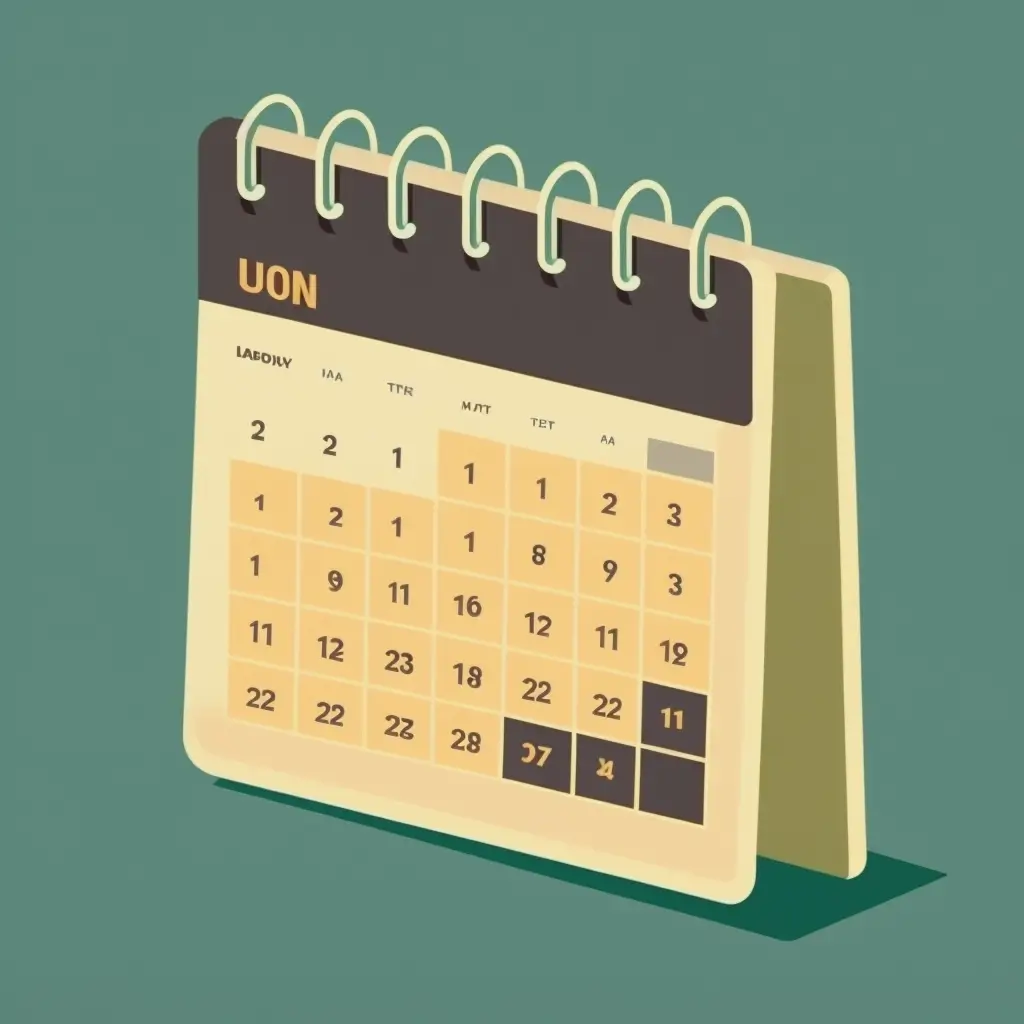As WordPress continues to be a leading content management system, powering millions of websites worldwide, its popularity also makes it a prime target for cyber threats. At Sitecrafter, we understand the critical importance of website security for our clients. As we move into 2024, it’s more important than ever to fortify your WordPress website against potential cyber attacks. Here are our top tips to help you keep your site secure:
1. Update Regularly
One of the simplest yet most effective security measures is keeping your WordPress core, themes, and plugins up to date. Developers regularly release updates that fix security vulnerabilities and enhance performance. Enable automatic updates where possible to ensure you’re always running the latest versions.
2. Choose Plugins and Themes Wisely
Not all plugins and themes are created equal. Opt for reputable sources and check user reviews and update histories before installation. Regularly review your installed plugins and themes, removing any that are no longer necessary or haven’t been updated in a while, as these can become security liabilities.
3. Implement Strong Password Policies
Encourage the use of strong, unique passwords for all user accounts, especially those with administrative privileges. Consider implementing a password policy that requires a mix of letters, numbers, and special characters, and encourage the use of password managers to facilitate the management of complex passwords.
4. Utilize a Web Application Firewall (WAF)
A WAF can protect your website from a wide array of attacks, including SQL injection, cross-site scripting (XSS), and brute force attempts. Choose a quality WAF solution that offers real-time threat detection and prevention to keep your site safe.
5. Enable Two-Factor Authentication (2FA)
Adding an extra layer of security, 2FA requires users to provide a second form of identification beyond just a password. This could be a text message, an email, or an authentication app code. Implementing 2FA for admin and user accounts significantly reduces the risk of unauthorized access.
6. Secure Your Login Page
Customizing the URL of your WordPress login page can help deter brute force attacks by making it harder for attackers to find the login page. Additionally, limiting login attempts and locking out IP addresses after repeated failed attempts can further protect your site.
7. Back Up Regularly
Ensure you have a regular backup schedule for your website. Backups should be stored in a secure, off-site location and tested regularly to ensure they can be restored in case of an emergency. This is your safety net against data loss and website downtime.
8. Use SSL Encryption
Secure Socket Layer (SSL) encryption secures the data transfer between your website and your visitors’ browsers, protecting sensitive information from being intercepted. Implementing an SSL certificate is essential for all websites, especially those handling personal or financial data.
9. Conduct Regular Security Audits
Periodically review your website’s security posture, including checking for unauthorized users, reviewing file permissions, and scanning for malware. Consider employing professional security services for a thorough audit.
10. Stay Informed and Educated
The cyber threat landscape is constantly evolving. Stay informed about the latest security threats and best practices by subscribing to WordPress security blogs, forums, and newsletters. Education is a powerful tool in the fight against cybercrime.
At Sitecrafter, we’re committed to providing our clients with the knowledge and tools they need to maintain secure WordPress websites. Implementing these tips in 2024 will go a long way in protecting your online presence against the growing threat of cyber attacks. Remember, security is an ongoing process, and staying proactive is key to safeguarding your digital assets.
This article aims to help Sitecrafter’s clients enhance the security of their WordPress websites. If you need further assistance or have specific security concerns, Sitecrafter is here to help.

